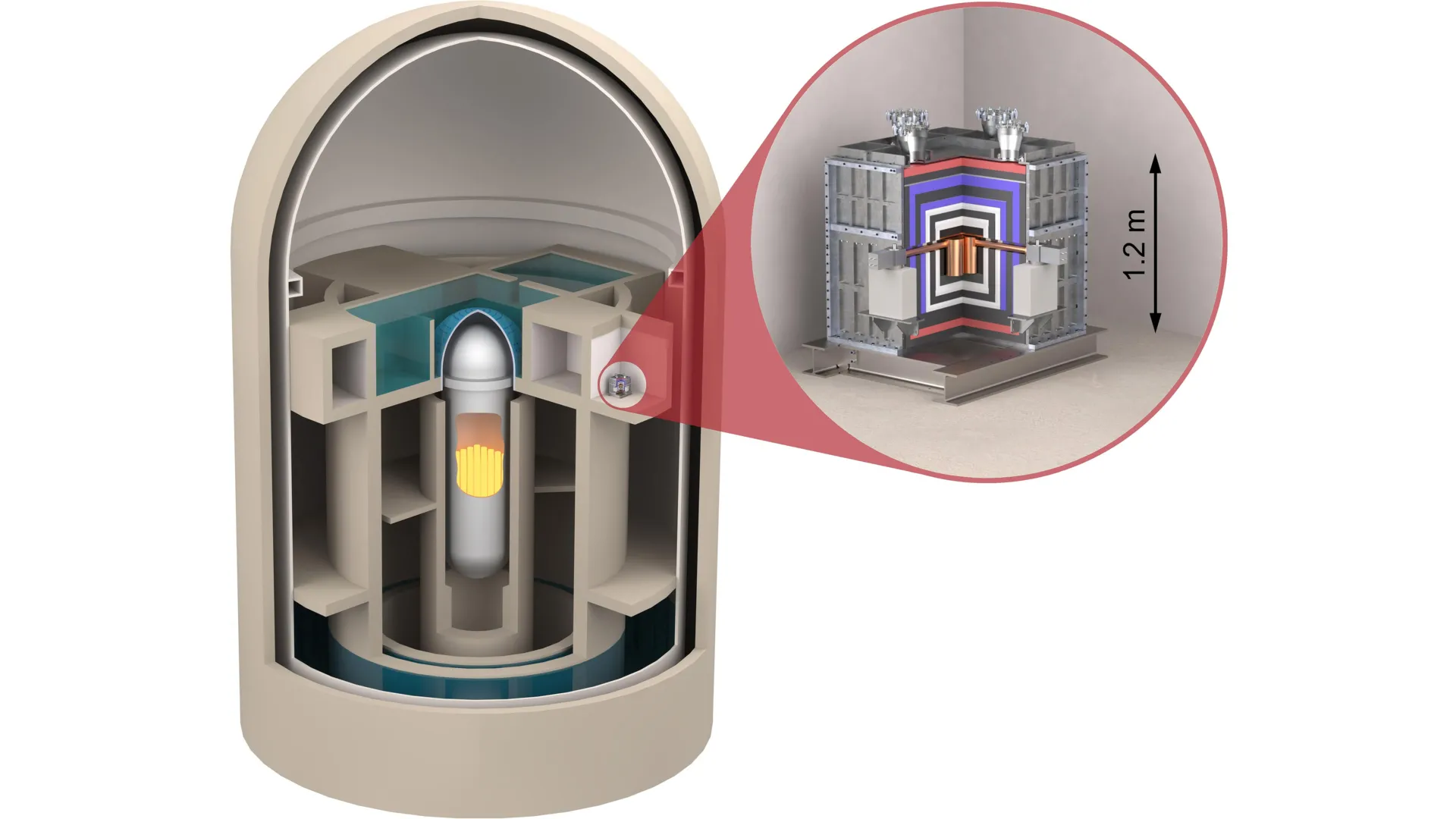Now Reading: Super Opioid 1,000 Times Stronger Than Morphine Discovered in Trash
-
01
Super Opioid 1,000 Times Stronger Than Morphine Discovered in Trash
Super Opioid 1,000 Times Stronger Than Morphine Discovered in Trash

Fast Summary
- Researchers at the University of South Australia have detected traces of nitazene, a synthetic opioid 1000 times more potent than morphine, in injecting equipment and drug paraphernalia collected from public disposal bins.
- Nitazenes were identified in 5% of samples tested (out of 300), frequently enough mixed with heroin and found mainly in syringes.
- Nitazenes contributed to 32 overdose deaths in Australia between 2020 and 2024, with most users unaware their drugs contained the substance.
- Some samples also contained xylazine, a veterinary sedative linked to severe health complications such as skin lesions and prolonged sedation; its presence resembles patterns seen in overdose cases overseas.
- Research indicates accidental exposure is common since people believe they are consuming familiar substances like heroin or methamphetamine rather than nitazenes.
- Naloxone can treat overdoses but requires awareness about contamination risks-less than one-fifth of emergency cases involved patients intentionally using nitazenes.
- Findings underline calls for expanded drug-checking services, including nitazene-specific testing tools to issue timely public health alerts.
- Data collected via chemical testing methods can guide health agencies on emerging drug threats alongside conventional wastewater analysis.
Indian Opinion Analysis
India has been observing international trends regarding synthetic opioids infiltrating illicit drug markets and creating complex challenges for healthcare systems.The emergence of ultra-potent substances like nitazene underscores a need for vigilance against similar threats within India’s own context. although there is no direct mention or evidence suggesting the presence of such compounds within India’s market from this study, lessons regarding proactive monitoring techniques-such as chemical testing and expanded outreach services-might hold value.
India could benefit by strengthening its capacity for early detection mechanisms akin to what has been implemented abroad.Collaboration between academic institutions,healthcare providers,law enforcement agencies,and community organizations may be vital to addressing future risks involving synthetic opioids contaminating common narcotics here. This highlights growing importance toward accessible naloxone programs; timely intervention pathways aimed toward reducing accidental overdoses bring actionable success emphasizing informed awareness models likely fitting applicable prevention schemes locally developing solutions around combating under-tested hazardous contamination pathways among our domain regions attending regularized warning cycles effectively
























